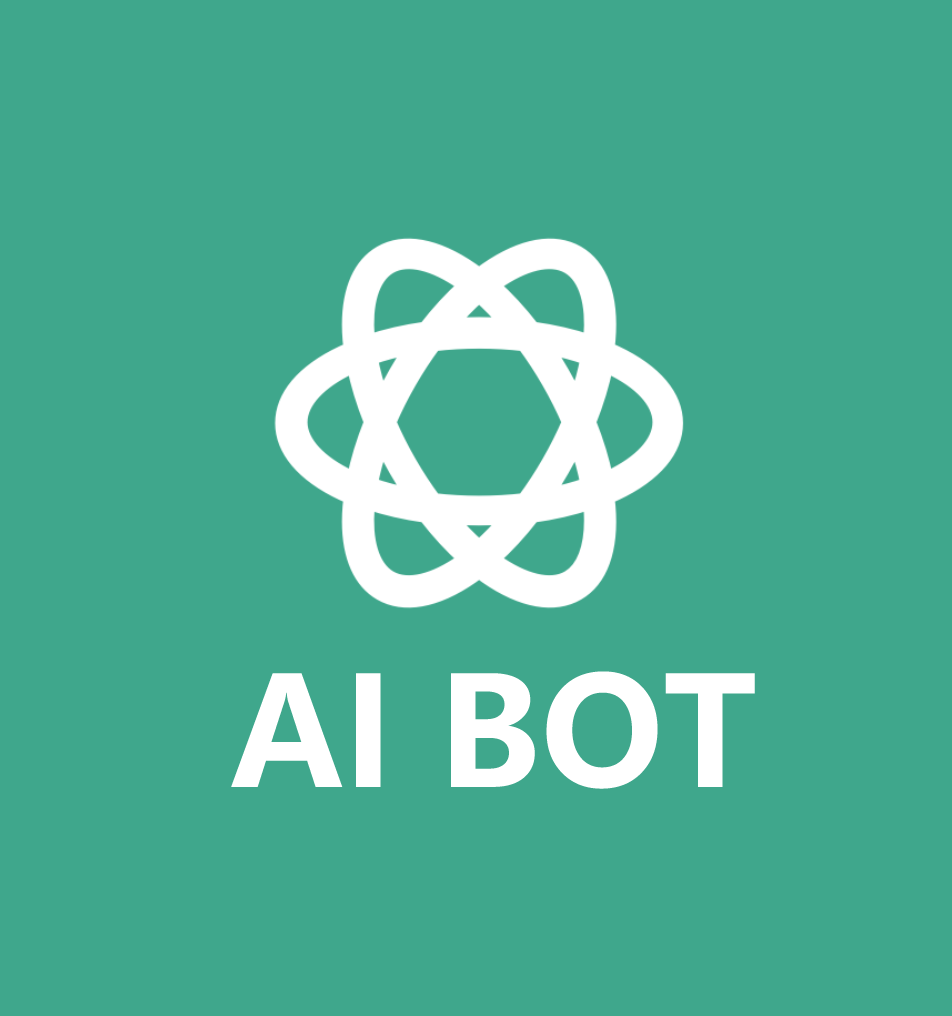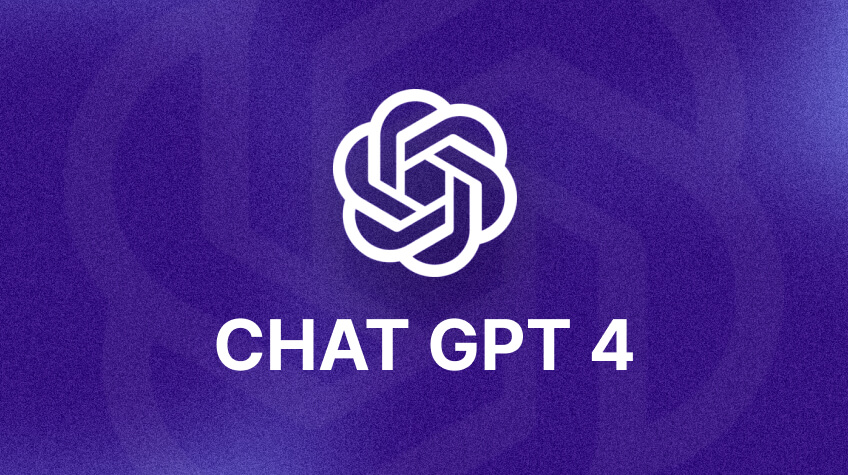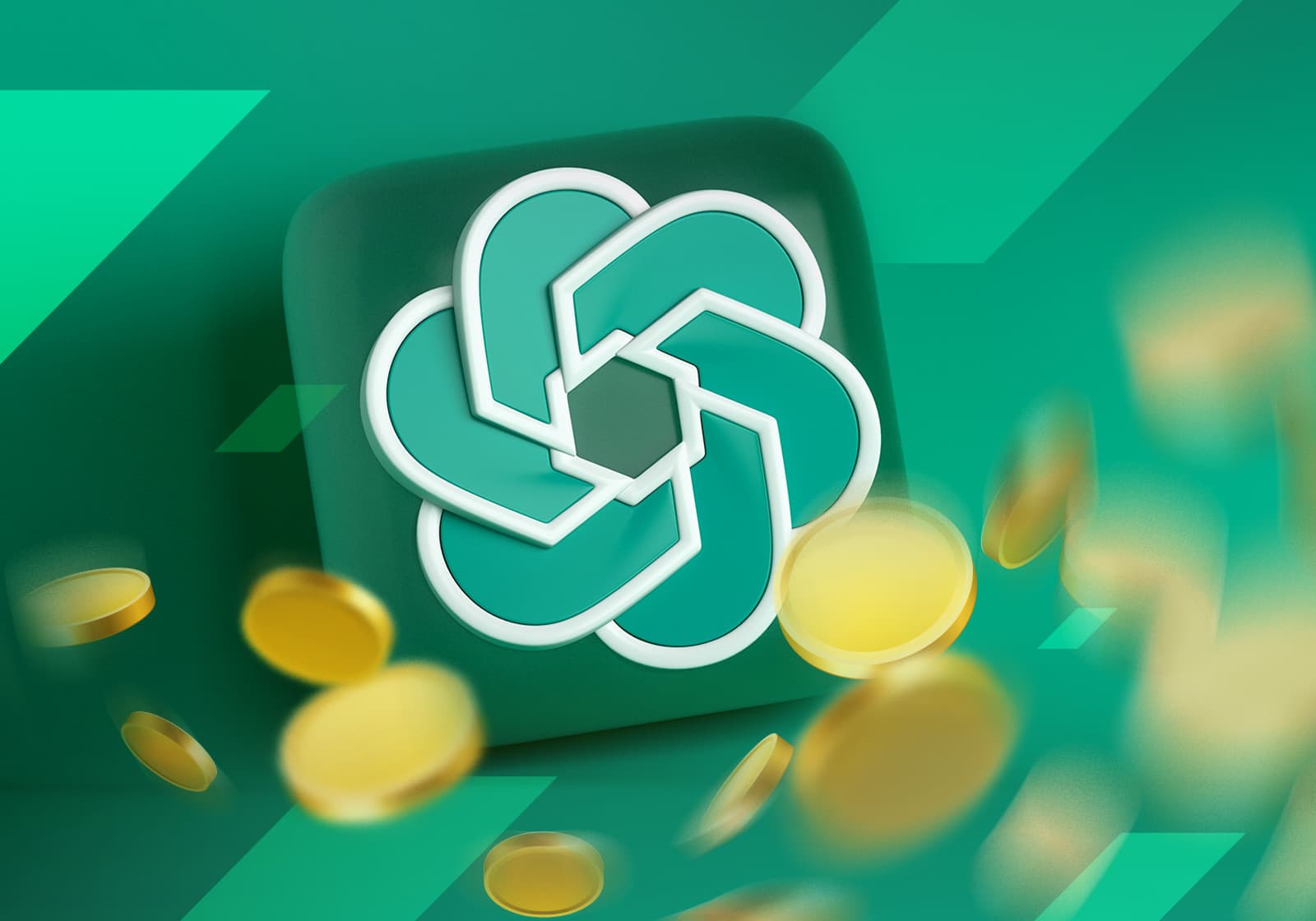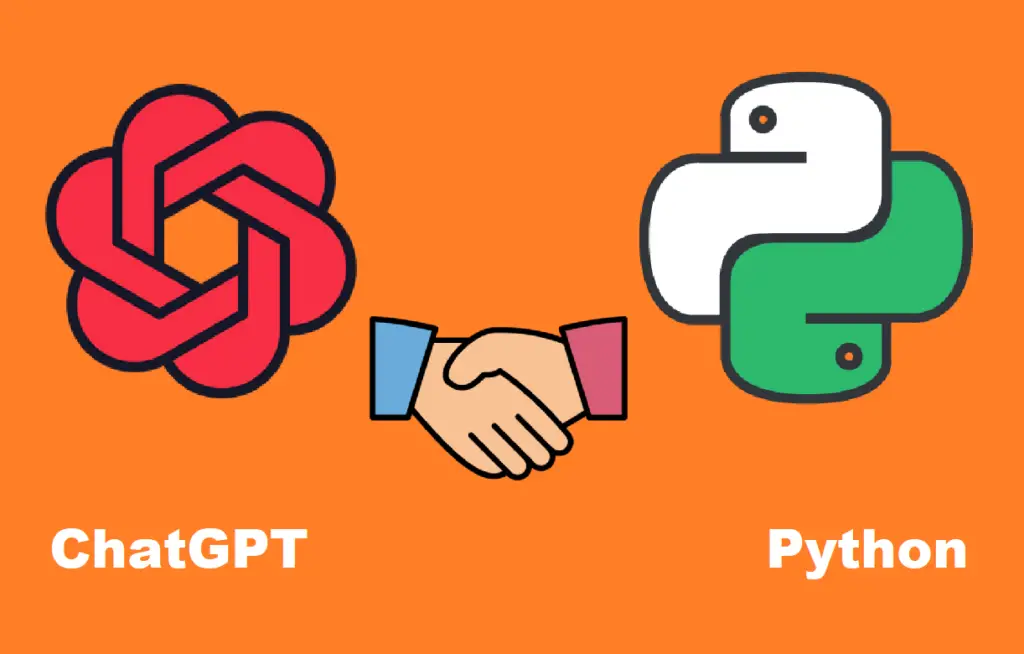
Java是一种静态类型编程语言,因此其数据类型需要在编译时确定。Java的基本数据类型是分为两类:原始类型和引用类型,其中原始类型又被称为基本数据类型。Java中的基本数据类型包括八种:byte、short、int、long、float、double、char和boolean。每个基本数据类型都有其对应的包装类。本篇文章将对Java基本数据类型和其对应的包装类进行详细讲解。
一、Java基本数据类型
1. byte
byte是一种8位有符号整数类型,取值范围是-128到127。在Java语言中,byte通常用于表示二进制数据,如图片等。
byte b = 127;
2. short
short是一种16位有符号整数类型,取值范围是-32768到32767。
short s = 32767;
3. int
int是一种32位有符号整数类型,取值范围是-2147483648到2147483647。在Java中,int是最常用的整数类型,可以表示大部分整数。
int i = 2147483647;
4. long
long是一种64位有符号整数类型,取值范围是-9223372036854775808L到9223372036854775807L。
long l = 9223372036854775807L;
5. float
float是一种32位单精度浮点数类型,在Java中,float类型的数值带有一个后缀f或F。
float f = 3.1415926f;
6. double
double是一种64位双精度浮点数类型,在Java中,double类型的数值没有后缀,但也可以使用d或D。
double d = 3.1415926;
7. char
char是一种16位Unicode字符类型,取值范围是\u0000到\uFFFF。
char c = '中';
8. boolean
boolean是一种表示真假值的类型,在Java中,布尔类型的取值只有true和false两种。
boolean b = true;
二、Java包装类
Java提供了八个包装类,分别对应八种基本数据类型,分别为Byte、Short、Integer、Long、Float、Double、Character和Boolean。
1. Byte
Byte是byte类型的包装类,提供了一些方法,如将byte类型的值转换成字符串。
Byte b = 127;
System.out.println(Byte.toString(b)); // 输出 127
System.out.println(b.byteValue()); // 输出 127
2. Short
Short是short类型的包装类,提供了一些方法,如将short类型的值转换成字符串。
Short s = 32767;
System.out.println(Short.toString(s)); // 输出 32767
System.out.println(s.shortValue()); // 输出 32767
3. Integer
Integer是int类型的包装类,提供了一些方法,如将int类型的值转换成字符串。
Integer i = 2147483647;
System.out.println(Integer.toString(i)); // 输出 2147483647
System.out.println(i.intValue()); // 输出 2147483647
4. Long
Long是long类型的包装类,提供了一些方法,如将long类型的值转换成字符串。
Long l = 9223372036854775807L;
System.out.println(Long.toString(l)); // 输出 9223372036854775807
System.out.println(l.longValue()); // 输出 9223372036854775807
5. Float
Float是float类型的包装类,提供了一些方法,如将float类型的值转换成字符串。
Float f = 3.1415926f;
System.out.println(Float.toString(f)); // 输出 3.1415927
System.out.println(f.floatValue()); // 输出 3.1415927
6. Double
Double是double类型的包装类,提供了一些方法,如将double类型的值转换成字符串。
Double d = 3.1415926;
System.out.println(Double.toString(d)); // 输出 3.1415926
System.out.println(d.doubleValue()); // 输出 3.1415926
7. Character
Character是char类型的包装类,提供了一些方法,如将char类型的值转换成字符串。
Character c = '中';
System.out.println(Character.toString(c)); // 输出 中
System.out.println(c.charValue()); // 输出 中
8. Boolean
Boolean是boolean类型的包装类,提供了一些方法。
Boolean b = true;
System.out.println(Boolean.toString(b)); // 输出 true
System.out.println(b.booleanValue()); // 输出 true
三、注意事项
1、基本数据类型可以直接进行赋值和比较,包装类需要使用equals方法进行比较。
int i = 1;
Integer integer = 1;
System.out.println(i == integer); // 输出 true
System.out.println(integer.equals(i)); // 输出 true
2、基本数据类型所占的空间比包装类小,因此在内存使用方面更加高效。
3、基本数据类型的默认值为0,包装类的默认值为null。
4、基本数据类型是值传递,而包装类是引用传递。
5、当要进行基本类型数组的操作,可以使用Arrays类中提供的方法,当然也可以使用包装类的数组。
int[] array = {1, 2, 3};
System.out.println(Arrays.toString(array));
Integer[] integerArray = {1, 2, 3};
System.out.println(Arrays.toString(integerArray));
6、Java中的自动装箱和自动拆箱。
自动装箱:将基本数据类型自动转换成相应的包装类。
int i = 1;
Integer integer = i;
自动拆箱:将包装类自动转换成相应的基本数据类型。
Integer integer = 1;
int i = integer;
四、总结
在Java中,基本数据类型和包装类都是非常重要的数据类型。基本数据类型所占用的内存更少,因此在内存使用方面更加高效;包装类则提供了更多的方法,能够更加方便地对数据进行操作。在实际开发过程中,需要根据具体的需求来选择使用基本数据类型或者包装类。同时,也需要注意基本数据类型和包装类之间的区别和注意事项。
壹涵网络我们是一家专注于网站建设、企业营销、网站关键词排名、AI内容生成、新媒体营销和短视频营销等业务的公司。我们拥有一支优秀的团队,专门致力于为客户提供优质的服务。
我们致力于为客户提供一站式的互联网营销服务,帮助客户在激烈的市场竞争中获得更大的优势和发展机会!




发表评论 取消回复